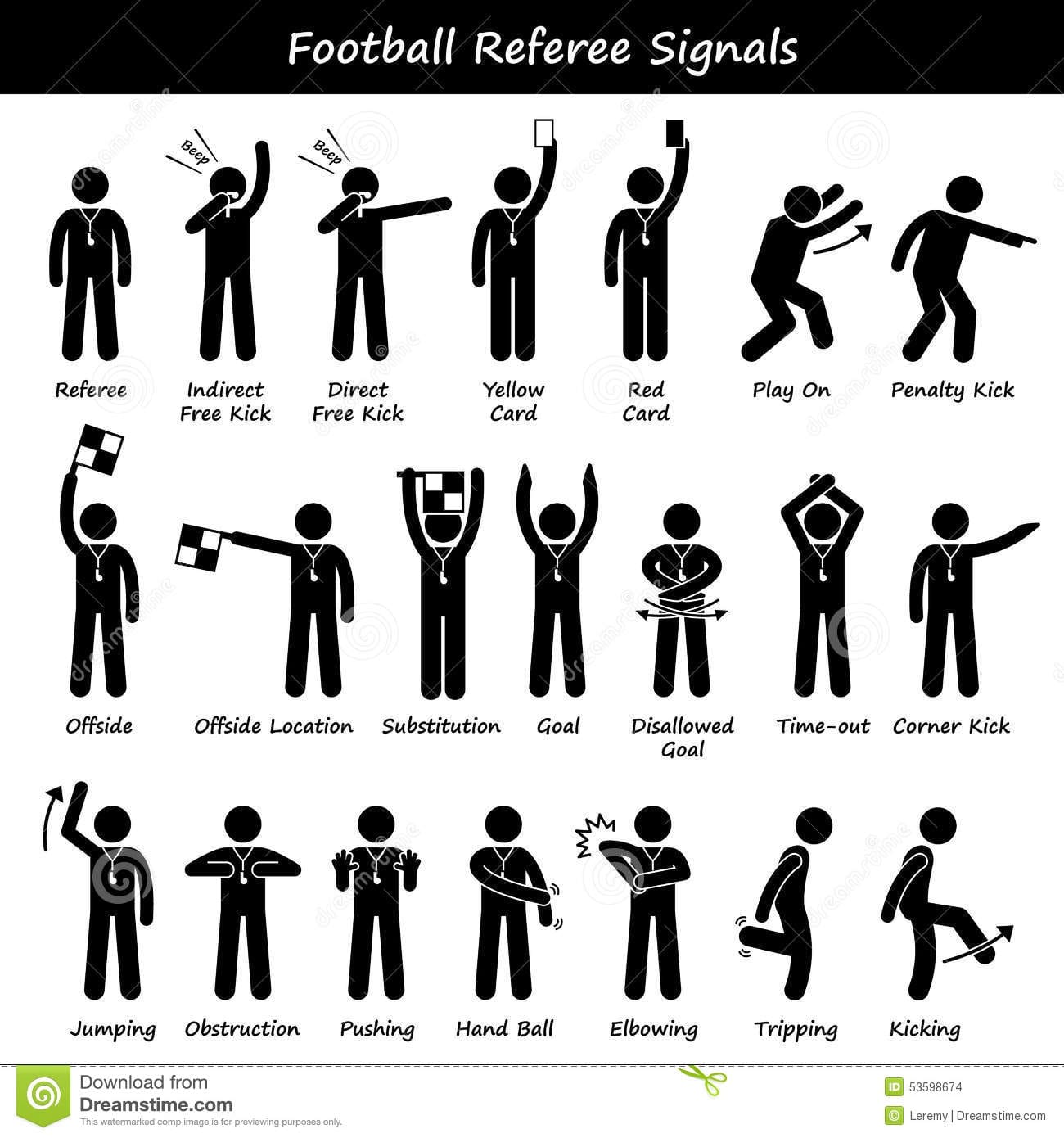Unlock the language of volleyball! This comprehensive guide deciphers every referee hand signal, from basic calls to complex scenarios, empowering players, coaches, and fans alike. Mastering these signals elevates your volleyball experience and deepens your appreciation for the sport’s intricacies. Dive in and discover the silent communication that keeps the game flowing.
Essential Referee Signals: The Foundation of Volleyball
Volleyball officiating relies on clear communication. Referees, akin to the game’s traffic controllers, use standardized hand signals—a visual language understood globally—to maintain order and fair play. These signals are crucial for players, coaches, and spectators to understand rulings and the flow of the match. This section covers the core signals you’ll see on the court.
Basic Signals: Keeping the Game Moving
These signals manage the fundamental aspects of gameplay:
- Awarding a Point: A decisive upward hand gesture, pointing towards the scoring team, officially adds a point to the scoreboard.
- Timeout: The referee forms a “T” with both hands, palms facing each other, then points toward the team requesting the timeout. See Timeout Signal Illustration
- Substitution: A circular motion with the forearms, like cranking a handle, followed by pointing towards the entering player, signals a substitution. Learn More About Substitutions in Volleyball
- Change of Court: Extending forearms upwards and rotating them forward and backward, mimicking a steering wheel motion, indicates a court switch.
- End of Match: Crossed forearms over the chest, hands open, signal the end of the set or match.
Fault Signals: Identifying Errors in Play
Referees use specific signals to indicate faults, helping players learn and improve:
- Line Violation (Foot Fault): The referee points downwards at the boundary line, indicating the location of the foot fault during a serve.
- Illegal Hit (Lift, Double Touch, Carry): An open, upward-facing palm suggests an illegal contact, such as a lift, double touch, or carry. Understand Illegal Hits in Volleyball
- Delay of Service: A tap on the wrist reminds the server to expedite their serve.
- Over the Net (Net Touch/Penetration): Touching the top of the net with the palm signifies a net touch. Hand gestures indicate illegal penetration under the net.
- Blocking Fault: The referee indicates the specific area of the net or antenna illegally contacted by the blocker. More on Blocking Rules
Sanctions: Maintaining Order and Sportsmanship
Sanctions are used to address misconduct and ensure fair play:
- Warning (Yellow Card): Displaying a yellow card serves as a warning to a player or team.
- Penalty (Red Card): A red card results in a point awarded to the opposing team.
- Expulsion (Red and Yellow Cards Together): Simultaneous presentation of both cards means expulsion from the match, but the team can substitute another player.
- Disqualification (Red and Yellow Cards Separately): A red card followed later by a yellow card leads to disqualification, with no replacement allowed.
Identifying the Requesting Team: Clarifying Requests
For timeouts and substitutions, the referee places one palm over the fingers of the other hand (forming a “T”) and points towards the requesting team.
Understanding the Roles of Officials
The officiating team, consisting of referees and line judges, plays a vital role in volleyball, ensuring the smooth flow of gameplay and upholding the rules. While there’s ongoing discussion and research about improving the accuracy and consistency of calls with technology, the human element remains crucial. Some experts believe that video replays could become even more integrated, while others suggest enhanced training programs for officiating crews.
Referees: The On-Court Decision-Makers
Referees have the final say on all rulings. Their responsibilities include:
- Enforcing Rules: They monitor gameplay to ensure adherence to the official volleyball rules.
- Making Calls: They use whistles and hand signals to communicate their decisions, indicating points, faults, and other game events.
- Managing the Match: They control the flow of the game, managing timeouts, substitutions, and sanctions.
Line Judges: Assisting the Referees
Line judges, positioned around the court, assist the referees by:
- Monitoring Boundary Lines: They signal whether the ball landed in or out of bounds.
- Observing Net Touches: They indicate if a player touched the net during play.
- Providing Input: They may offer their perspective to the referee on close calls, though the referee makes the final decision.
The Myth of the “31” Signal
You might hear chatter about a secret “31” hand signal in volleyball. This likely originates from the private communication systems teams, especially setters and hitters, develop. These informal signals are not standardized and vary between teams, adding an element of strategy and intrigue. One team’s “31” might be another’s quick set. This private language is distinct from the official referee signals that govern the game.
The Evolution and Nuances of Officiating
Volleyball, like any sport, evolves. Rules are refined, and interpretations change. Staying updated requires continuous learning. The FIVB (Fédération Internationale de Volleyball) rulebook is a definitive resource.
Indoor vs. Beach Volleyball: Subtle Differences
While many officiating signals are universal, some variations exist between indoor and beach volleyball. These differences, often related to block touches, foot faults, or libero play, reflect the unique playing environments. Be sure to consult resources for beach volleyball rulebook.
Linesperson Signals: A Deeper Dive
Linespersons play a crucial role, and their signals are just as vital as the referee’s. They use flags or hand signals, often more subtle than the referee’s, to indicate:
- Ball In/Out: A flag pointed downwards indicates the ball landed inbounds, while a flag waved horizontally signals out of bounds.
- Touch: If the ball touches a player before going out, the linesperson raises a flag, sometimes paired with a hand gesture indicating which part of the body made contact.
- Foot Fault: A downward-pointing hand or foot signal indicates a foot fault on the service or boundary lines.
Continuing Your Volleyball Journey
This guide serves as a starting point. Further exploration is encouraged! Observing matches, reading rulebooks, and even participating in referee training programs can enhance your understanding. Embrace the complexities of volleyball, and you’ll gain a deeper appreciation for the sport’s nuances. Did you know that ostentation is the signal flag of the basketball official to indicate an out-of-bounds violation? Perhaps you’d also be interested in learning about the Omega Psi Phi Fraternity Shield, a symbol rich with history and values. The more you learn, the richer your volleyball experience becomes.
- China II Review: Delicious Food & Speedy Service - April 17, 2025
- Understand Virginia’s Flag: History & Debate - April 17, 2025
- Explore Long Island’s Map: Unique Regions & Insights - April 17, 2025
















